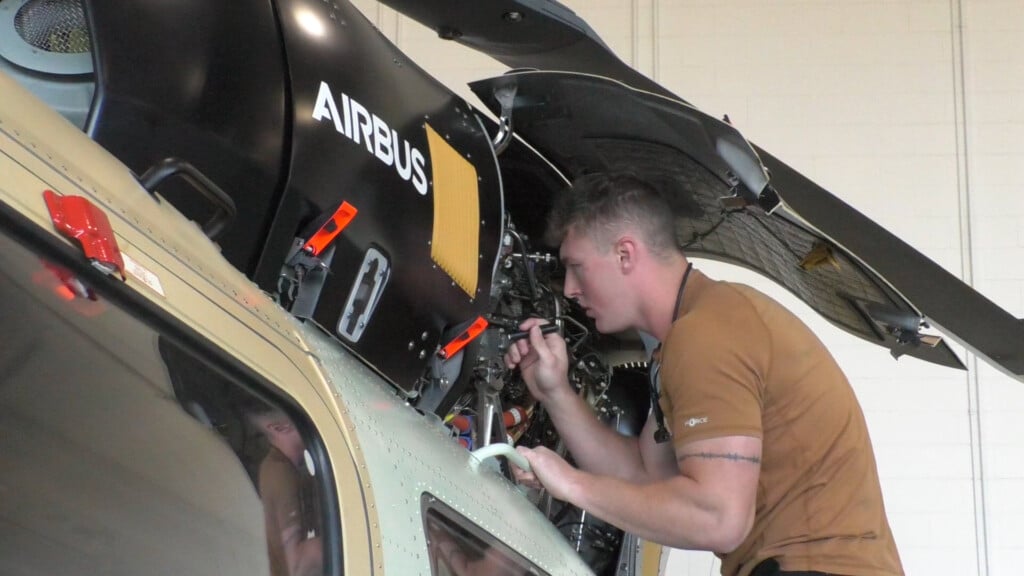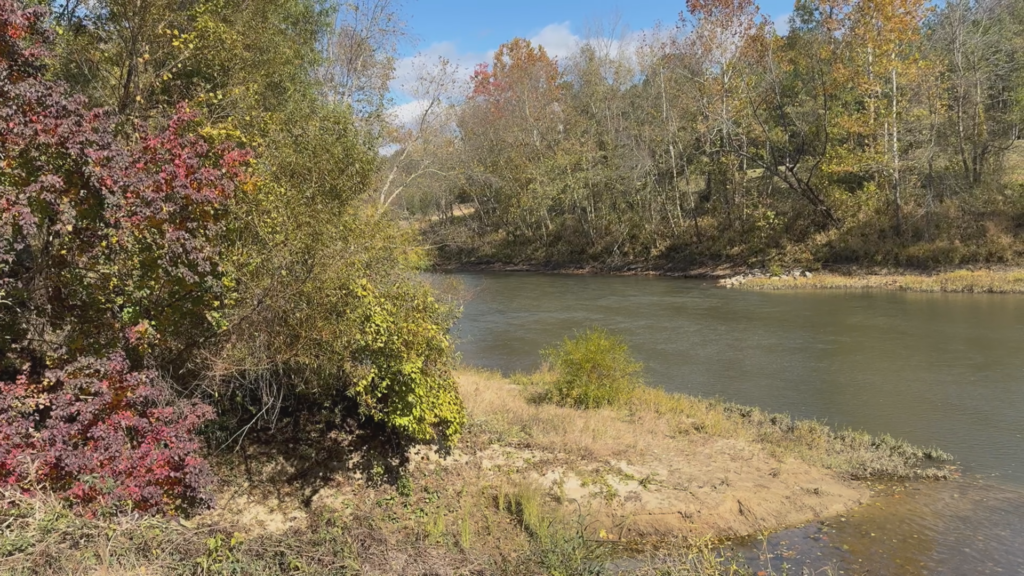Improving Traffic Flow In The Friendly City
COLUMBUS, Miss. (WCBI) – Columbus leaders are installing a new method to speed up traffic at red lights.
It will keep traffic moving more efficiently and effectively.
The city’s engineer says it’s the latest of its kind and will save time and gas for drivers.
Red lights are a fact of life for drivers, a necessary evil, but some of those lights seem to stay red much longer than necessary.
That has the city of Columbus working on a new method to keep things moving.
“It’s going to help the lights where you won’t have this back up of people sitting there, waiting for the light to change. The old system is kind of slow and we get a lot of complaints and ‘hey, you need an officer at this intersection to control the light.’ This is a way, my officers can get out and do more and be doing better things in taking
care of our community,” says Columbus Police Chief Fred Shelton.
Right now, a loop is what detects cars at several traffic lights across town, but the goal is to have radars replace the loop.
“If you are not on top of the loop, if you pull up too far, or you stop short, it won’t detect you and the signal is going to operate on a system of minimum and maximum times based on how long that vehicle sits on that loop for detection. So, the radar operates in the same way, except for it’s not dependent on the asphalt or the condition of the roads. It’s on the pole and it can see you,” says city engineer, Kevin Stafford.
And you’ll soon be able to see it at these intersections across the Friendly City.
“We’re going to do it along 18th Avenue, starting at Highway 45 and go all the way to Military Road. We are also looking to add it at a new signal that is going in at Ridge Road and Military and also, we may look to add it at Martin Luther King and Military Road to add some efficiencies there.”
Stafford says Falcon Drive on Highway 373 is the first intersection to have the radar.
“The issues we have been having are the loops are in the ground in the pavement. So, they’re very dependent on the condition of the pavement and overtime as they break, we have to actually call in a contractor to repair them. The contractors that we get are not local and so therefore, we have a time lag from when they break to when they get repaired, which causes obviously a lot of inefficiencies with the traffic.”
Now, if something goes wrong with the detectors, repair crews are right down the road.
“The key is, is that Columbus Light and Water, who maintains all of the signals, can actually do this in house. They can install the radar. They can fix it. They can hook it up to the system and so now, when a system goes down, immediately they can come out and repair it. The other side of it is, is while it may cost a little more on the front end, it’s also going to last longer than the loops do.”
Stafford says the radars seem to be a lot more reliable and cost effective, since repairs to the system don’t involve tearing up city streets.





Leave a Reply